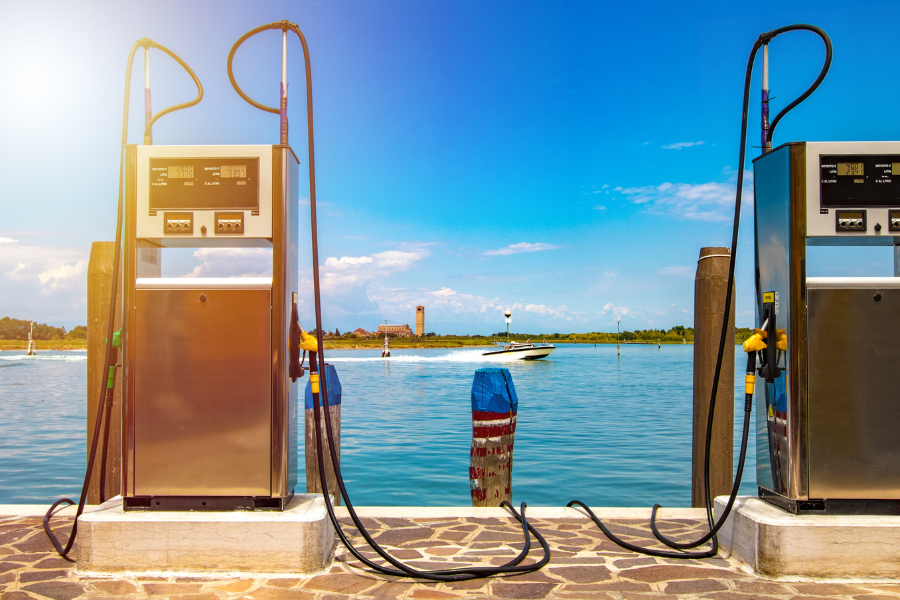The global energy landscape is in a state of rapid transformation. Amidst rising concerns about climate change and environmental degradation, there is a pressing need to rethink traditional fuelling methods. Portable fuel stations emerge as an innovative and promising solution in this context. Not only do they offer flexible fuelling options for a diverse range of applications, but they also hold the potential to significantly reduce the environmental footprint of fuel distribution.
The global energy landscape is in a state of rapid transformation. Amidst rising concerns about climate change and environmental degradation, there is a pressing need to rethink traditional fuelling methods. Portable fuel stations emerge as an innovative and promising solution in this context. Not only do they offer flexible fuelling options for a diverse range of applications, but they also hold the potential to significantly reduce the environmental footprint of fuel distribution.
Compact Design, Maximum Efficiency
The sprawling infrastructure of traditional fuel stations, combined with the risk of fuel leaks and spills, often poses significant environmental challenges. Ground contamination, water pollution, and habitat disruption are some adverse impacts of poorly managed fuel depots. In stark contrast, portable fuel stations, with their compact, modular design, curtail these risks substantially. Every component is meticulously designed to optimize space while ensuring complete containment, hence reducing the chances of environmental hazards.
Adaptability to Greener Fuels
With fossil fuels being a finite resource and the global push towards sustainable energy sources, adaptability becomes paramount. Portable fuel stations shine brightly in this arena. Their modular nature ensures they’re not just restricted to petrol or diesel. As we advance, these stations can be swiftly modified or upgraded to support biofuels or hydrogen fuel cells. This ensures they remain relevant and essential, irrespective of the evolving energy matrix.
Reduced Carbon Emissions with Strategic Placements
Transporting fuel over long distances isn’t just logistically challenging; it’s environmentally taxing. The carbon footprint of fuel transportation, especially to far-flung areas, is substantial. Portable fuel stations present an ingenious solution. By placing these stations closer to areas of consumption, like construction sites or remote communities, the distance fuel-laden trucks need to cover reduces drastically. This strategic placement not only ensures fuel availability, but also significantly curtails associated carbon emissions.
Promoting Decentralization and Localized Solutions
The centralization of fuel resources often leads to logistical bottlenecks and increased vulnerability to supply disruptions. Portable fuel stations offer a compelling counter to this model. By promoting the decentralization of fuel distribution, these stations ensure that regions aren’t overly dependent on a singular, large depot. This decentralization not only aids in consistent fuel availability but also fosters an environment where solutions are tailored based on local requirements, be it the type of fuel or the quantity needed.
A Stepping Stone to Comprehensive Green Infrastructure
While the immediate advantages of portable fuel stations are evident, their long-term implications are even more profound. As nations and communities work towards creating robust, green fuelling infrastructures, these portable solutions act as invaluable interim assets. They fill the existing gaps, ensuring that while the broader, more permanent structures are being developed, there are no disruptions or compromises in fuel availability. In essence, they smooth the transition, ensuring its efficient and environmentally conscious.
The Road Ahead is Green and Mobile
Fuelling the future demands a balance between immediacy and sustainability. Portable fuel stations, with their blend of flexibility, adaptability, and eco-conscious design, epitomize this balance. As we stand at the crossroads of an energy revolution, these mobile stations illuminate the path forward — a path that’s not anchored by archaic practices, but one that’s dynamic, responsive, and inherently green.


